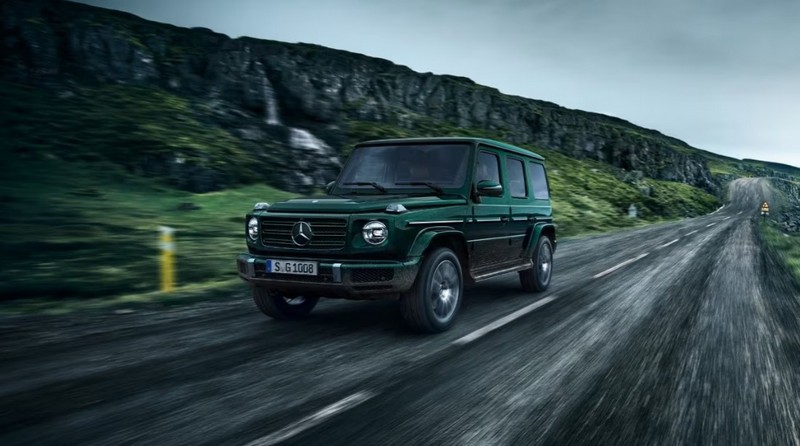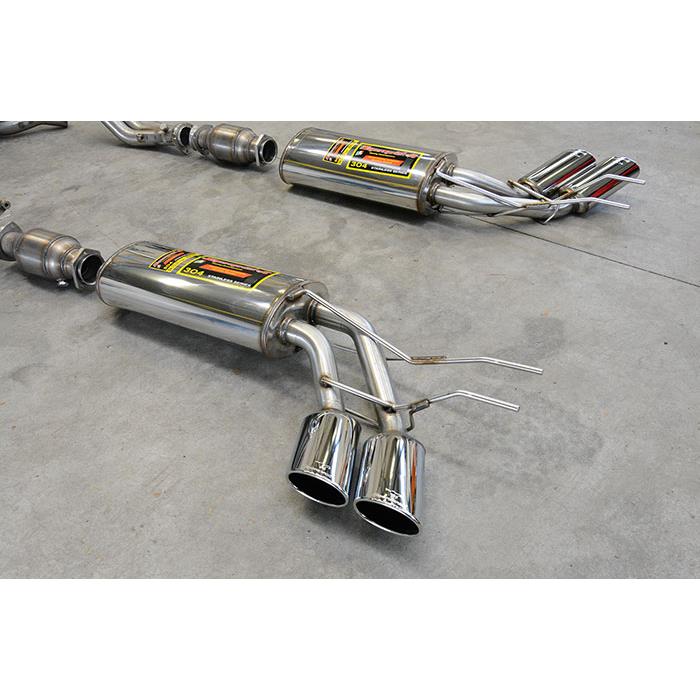
Mercedes Planning “Baby” G Wagon
The Mercedes-Benz G Class, also affectionately known as the “G Wagon,” is a legendary luxury SUV that has been a favorite among car enthusiasts and consumers alike for decades. First introduced in 1979 as a military vehicle, it has since evolved into a high-end status symbol. The G Class is renowned for its rugged off-road capabilities, luxurious interior, and iconic, boxy, military-inspired design. It has been Mercedes’ premiere luxury SUV for over two decades, and its popularity shows no signs of slowing down. Despite the emergence of newer, flashier models from competitors like Bentley, Aston Martin, and Porsche, the G Class remains a timeless classic with a dedicated fanbase, and it continues to be a symbol of luxury and German engineering and build quality.
Seeking to capitalize on this well-loved vehicle and brand, as well as an increased push for fuel efficiency and alternative fuels, Mercedes is in the process of developing a smaller companion to the full-sized G Class. Here’s what we can figure out about this forthcoming SUV so far.
Alternative Fuels
First, it’s a definite fact that this new “baby” G Class will be powered with a few different power plant choices. In keeping with Mercedes’ plans for the future of their lineup (and using some of the engineering going into the full-sized electric G Wagon, which is also forthcoming), there will likely be a fully-electric variant as well as a hybrid model that also makes use of an internal combustion engine. It’s also possible that Mercedes may even drop an internal-combustion only model, although this seems fairly unlikely given their intent to get out of the business of gasoline engines in the next decade.
Mercedes has quite a bit of battery technology in the works that they’ve been fairly mum about, most importantly the development of a proprietary silicon-anode system that is poised to dramatically extend the ranges of their EVs over the current lithium-ion batteries in use now. These will likely debut in the aforementioned electric G Wagon in a year or two, if not sooner.
A Shared Platform
Being a downsized version of the G Wagon, this new model won’t ride on the same chassis as its bigger, older brother; instead, it will ride on Mercedes’ “MMA” platform. This can be seen on the refreshed CLA, and is intended for use with a variety of other, upcoming models from Mercedes-Benz. The modular aspect of the frame will be key for the automaker going forward as it seeks to implement, and juggle, many different powertrain options as they begin to aggressively phase in battery technologies and slowly transition out of internal combustion engines.
A Lot to Look Forward To
Overall, this smaller G Class seems intended to compete against smaller, luxury SUVs and crossovers from other manufacturers, as well as to bring some of the G Class appeal to a new market at a slightly more economical price. It also looks as though Mercedes is aiming to expand their “G” moniker into a small sub-brand, similar to Maybach; they’d offer a variety of body sizes and propulsion options and at a wide range of price points.
These smaller offerings may appeal to those living in tight cities, especially in Europe, where the full-sized bulk of a traditional G Wagon can make navigating traffic and road obstacles a bit treacherous. This project is still early in its development, with most reports suggesting that the vehicle will arrive around 2026, and Mercedes isn’t known to leak technical details of upcoming projects before they’ve had all of the wrinkles ironed out, but this will be an exciting saga to follow as this miniature G Class slowly makes its way to market over the next several years.





